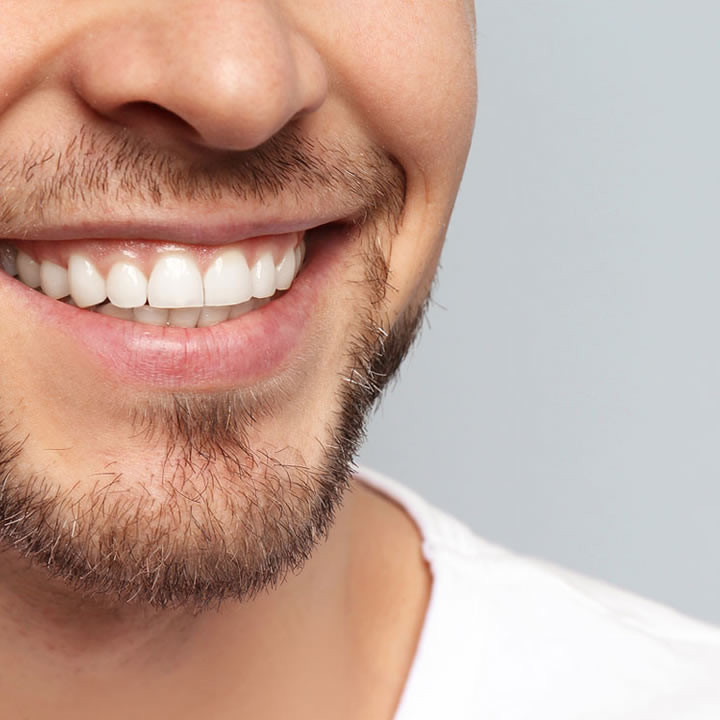Do you (or your partner) suffer from bruxism – the grinding and clenching of teeth during sleep?
If so, you may have trouble sleeping through the night. A bruxism splint can help! In this article, we’ll discuss what a bruxism splint is, how it works, and the benefits of using one.
We’ll also provide tips on how to choose the right splint for you and how to use it correctly. Read on to learn more!
What is a bruxism splint and how does it work?
A bruxism splint is a device that is worn over the teeth to protect them from grinding and clenching during sleep.
It works by creating a barrier between the upper and lower teeth, which prevents contact between them – this can help to reduce the noise of grinding and prevent damage to the teeth.
They’ve become increasingly popular in recent years, and these days you can even shop for a bruxism splint online.
There are two main types of bruxism splints
- Full coverage – these splints cover all the teeth and are often used for people with severe bruxism.
- Partial coverage – these splints only cover the back teeth and are often used for people with mild to moderate bruxism.
The benefits of using a bruxism splint
- Reduced grinding and clenching – this can help to protect the teeth from damage and reduce noise during sleep.
- Improved sleep quality – by reducing grinding and clenching, the splint can help to improve sleep quality for both the person with bruxism and their partner.
- Reduced stress – bruxism is often caused by stress and anxiety, so by reducing grinding and clenching, the splint can help to reduce stress levels.
How to choose the right bruxism splint for you
When choosing a bruxism splint, there are a few factors to consider. The first is the severity of your bruxism – if you have severe bruxism, you may need a full coverage splint. If you have mild to moderate bruxism, a partial coverage splint may be sufficient.
Then there’s budget – bruxism splints can range in price from $50 to $300. And finally, your comfort is obviously a priority. If you’re not comfortable wearing your bruxism, you’ll be less likely to use it.
How to use your bruxism splint correctly
- Clean your teeth before you put the splint in – this will help to prevent bacteria from building up on the splint.
- Put the splint in before you go to bed – this will give your body time to get used to it.
- Wear the splint for at least four hours – this will give your body time to adjust to it.
- Take the splint out when you wake up – this will allow your teeth to move and breathe.
Common problems with bruxism splints and how to solve them
The most common problem with bruxism splints is that they can cause discomfort.
This is usually due to the fact that they are new and your body is not used to them. To solve this problem, try wearing the splint for shorter periods of time at first and gradually increasing the amount of time you wear it.
Another common problem is that bruxism splints can cause drooling.
This is usually due to the fact that they are covering your teeth, which makes it difficult to swallow saliva. To solve this problem, try wearing the splint for shorter periods of time at first and gradually increasing the amount of time you wear it.
There you have it – everything you need to know about bruxism splints! We hope this article has been helpful.

